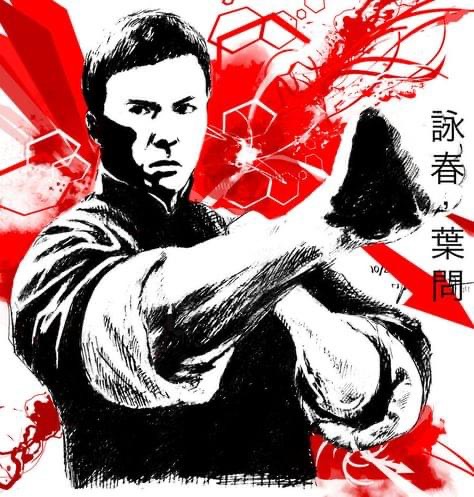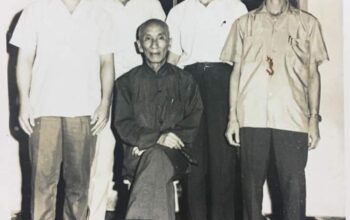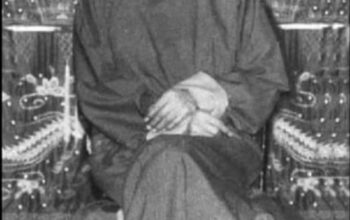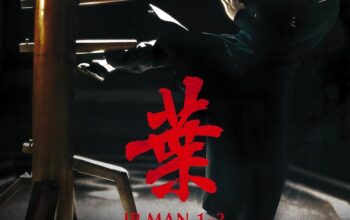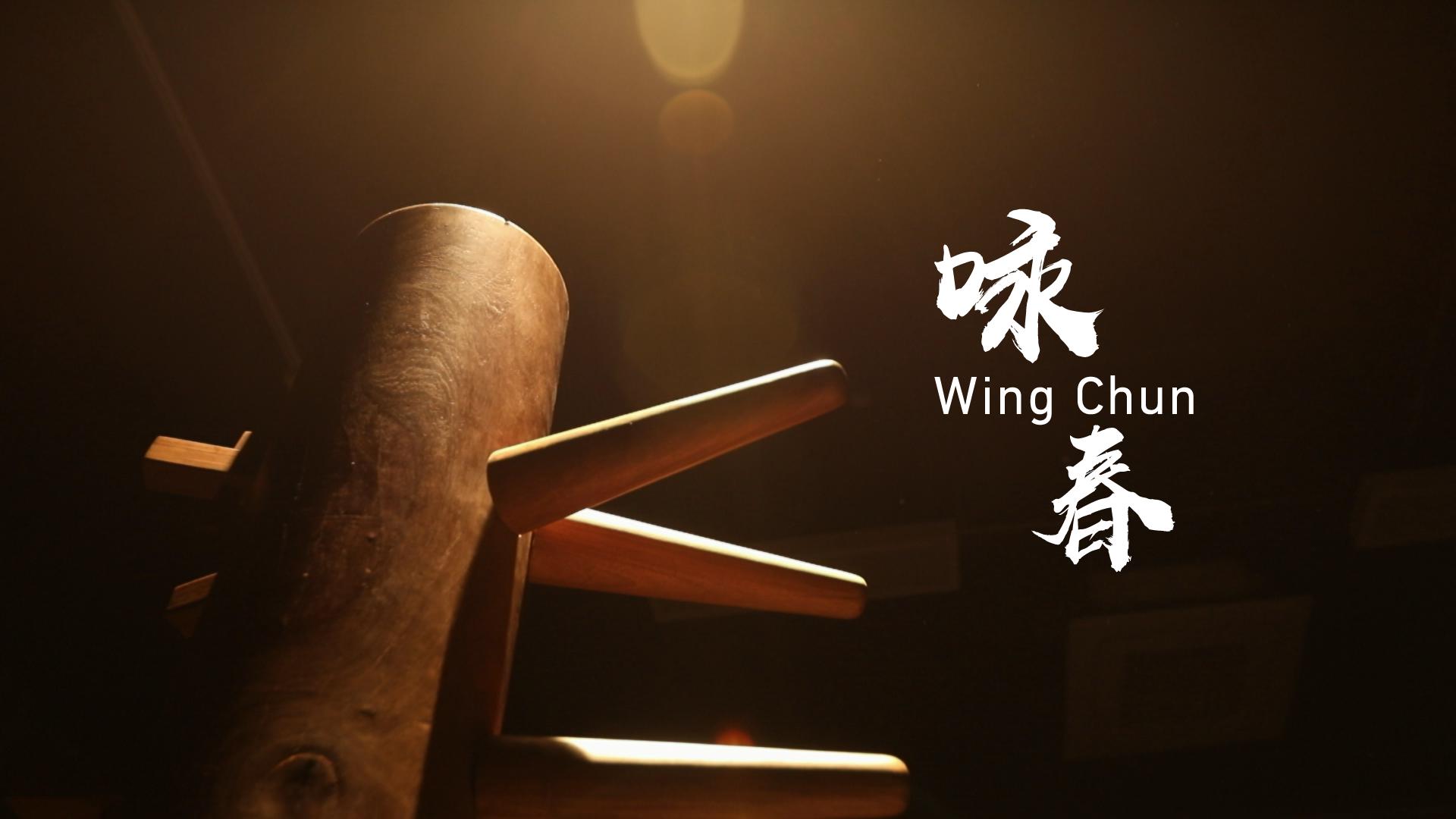The Most Effective Wing Chun Techniques: Mastering the Core Principles
Wing Chun, a traditional Chinese martial art known for its practicality and efficiency, offers a wide array of techniques that enable practitioners to defend themselves effectively in close-quarters combat. While Wing Chun encompasses a comprehensive system of techniques, certain core techniques stand out for their effectiveness and applicability in real-world situations. In this article, we will explore some of the most effective Wing Chun techniques that embody the art’s principles and combat philosophy.
- Straight Punch (Jik Chung Chui):
The straight punch is the cornerstone of Wing Chun’s striking arsenal. Known as “Jik Chung Chui” in Cantonese, this punch is executed with a vertical fist and is delivered explosively from the centerline. The straight punch in Wing Chun emphasizes speed, precision, and economy of motion, making it a powerful and efficient tool for close-range combat. It allows practitioners to generate power from the body’s structure while maintaining a strong defense. - Chain Punches (Lin Wan Kuen):
Chain punches, or “Lin Wan Kuen” in Cantonese, are rapid and consecutive punches delivered in a fluid manner. This technique enables Wing Chun practitioners to overwhelm and subdue opponents with a barrage of strikes. Chain punches are characterized by their quick, short-range movements, allowing practitioners to maintain continuous pressure and exploit openings in the opponent’s defense. The relentless nature of chain punches makes them highly effective for close-quarters combat. - Tan Sau (Palm-up Block):
Tan Sau, meaning “Palm-up Block” in Cantonese, is a versatile and effective technique in Wing Chun. It involves placing the hand, palm facing up, diagonally across the centerline to intercept and redirect incoming attacks. Tan Sau acts as a defensive shield, deflecting strikes while simultaneously creating openings for counterattacks. This technique emphasizes sensitivity and precision, allowing practitioners to maintain control and neutralize the opponent’s attacks. - Bong Sau (Wing Arm Block):
Bong Sau, or “Wing Arm Block” in Cantonese, is a unique technique in Wing Chun that utilizes a rotating and sweeping motion of the forearm. Bong Sau is used to defend against high-line strikes, such as hooks or punches aimed at the head. By rotating the forearm inward, Wing Chun practitioners can effectively redirect and control the opponent’s attack, creating opportunities for counterattacks. Bong Sau exemplifies the principle of redirecting force rather than directly opposing it. - Pak Sau (Slapping Hand):
Pak Sau, meaning “Slapping Hand” in Cantonese, is a technique used for redirecting and controlling an opponent’s arm. It involves a swift, open-handed slap that redirects the opponent’s strike while maintaining contact. Pak Sau enables Wing Chun practitioners to disrupt the opponent’s balance, exploit their openings, and set up follow-up techniques. This technique emphasizes sensitivity and adaptability, allowing practitioners to respond dynamically to changing situations. - Chi Sao (Sticky Hands):
Chi Sao, also known as “Sticky Hands,” is a unique training drill in Wing Chun that enhances sensitivity, reflexes, and close-quarters combat skills. Although not a single technique, Chi Sao involves maintaining contact with an opponent’s arms and practicing reactive movements based on touch and feel. This training method enables practitioners to develop tactile sensitivity, timing, and the ability to flow smoothly between techniques. Chi Sao enhances overall combat effectiveness and helps practitioners transition seamlessly from defense to offense.
It is important to note that the effectiveness of Wing Chun techniques lies not only in their individual execution but also in the integration of fundamental principles such as centerline control, simultaneous attack and defense, economy of motion, and sensitivity. Mastery of these principles, along with diligent practice and application, enables Wing Chun practitioners to effectively neutralize threats and respond.
